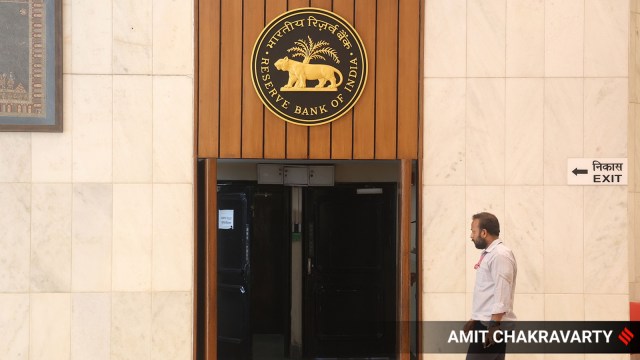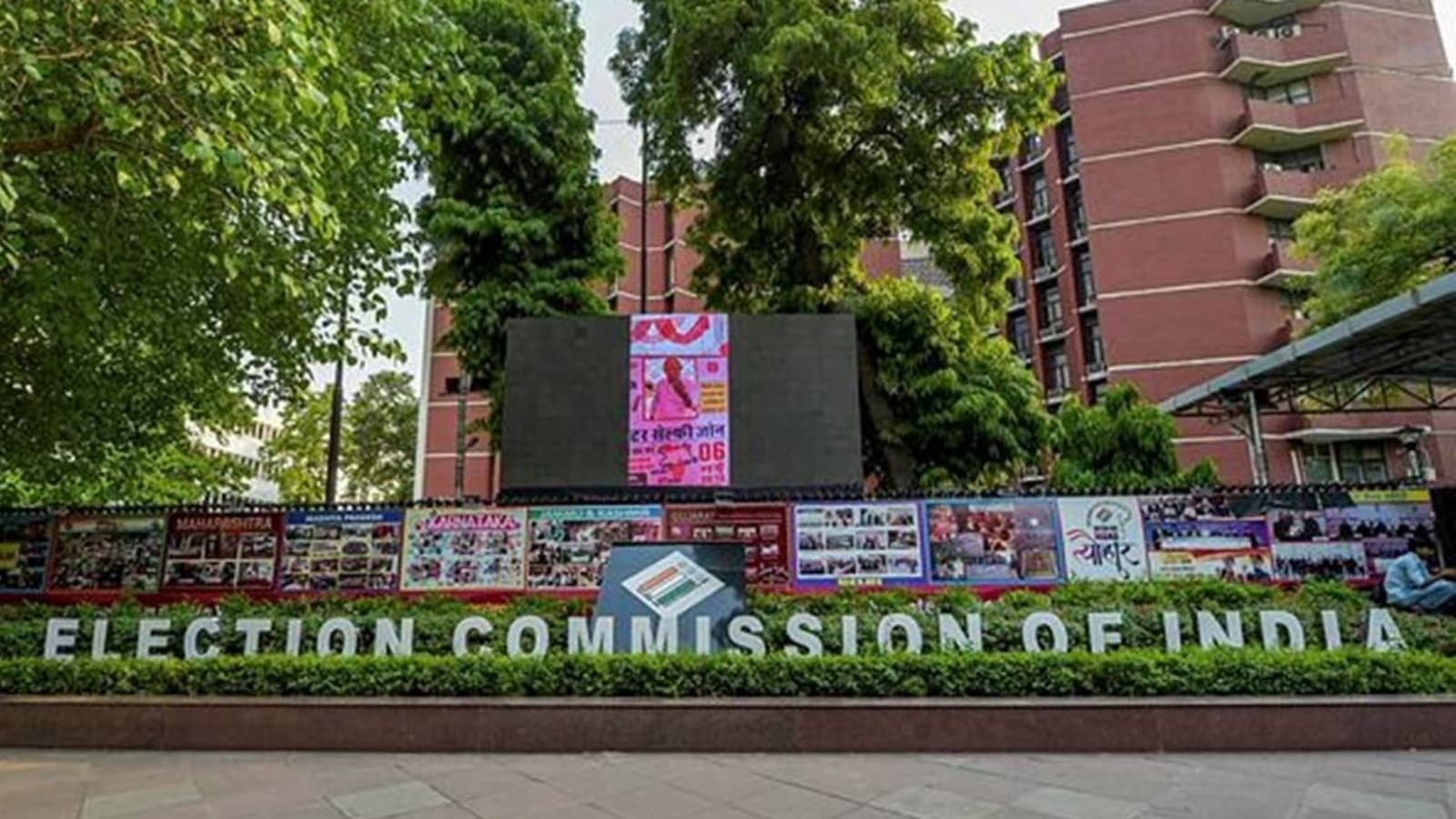ARTICLE AD BOX
 The RBI’s survey on credit conditions shows that banks continue to offer easy lending terms, with most respondents expecting stronger loan demand in the second quarter of 2025-26. (Express Archives: Amit Chakravarty)
The RBI’s survey on credit conditions shows that banks continue to offer easy lending terms, with most respondents expecting stronger loan demand in the second quarter of 2025-26. (Express Archives: Amit Chakravarty)
Consumer confidence in both rural and urban areas saw a positive shift in July, according to the Reserve Bank of India’s (RBI) forward-looking surveys. This improvement has been largely driven by a decline in retail inflation and lower interest rates. However, the RBI survey on inflation expectations also flagged a potential rise in retail inflation in the next financial year (2026-27), projecting retail inflation to climb to 4.4 per cent, up from the expected 3.1 per cent for 2025-26.
The survey highlighted a modest improvement in rural consumer sentiment for the current period, with the Current Situation Index (CSI) ticking up slightly. This gain reflects better conditions across key indicators such as employment, income, price levels, and overall economic sentiment. Meanwhile, the Future Expectations Index (FEI), which gauges consumer outlook for the year ahead, continued to strengthen, marking its sixth consecutive improvement.
These indices — CSI and FEI — are based on household responses to five key parameters: the general economic situation, employment, income, price levels, and spending patterns. The survey also showed that a greater number of rural households now expect inflation and prices to ease in the coming year. This shift in sentiment was supported by a drop in their current perception of inflation, along with a significant decline in expectations for future inflation.
A similar trend was observed among urban consumers, whose confidence also saw a slight uptick, driven by more favourable views across most indicators. The urban CSI registered a modest gain, while future expectations remained firmly positive, indicating strong confidence in the economic outlook. The FEI also continued to improve, with the survey noting that concerns about inflation and prices have steadily decreased over the last three rounds. Households now expect price pressures to soften further over the next year. However, while optimism about current earnings has grown, expectations for future income have remained largely unchanged.
Loan demand to improve
The RBI’s survey on credit conditions shows that banks continue to offer easy lending terms, with most respondents expecting stronger loan demand in the second quarter of 2025-26. This anticipated growth is driven by increased borrowing across sectors such as agriculture, mining, manufacturing, and retail or personal loans.
Banks also expect loan terms to ease further, particularly for businesses in the manufacturing and services sectors. Overall, sentiment on loan demand remains upbeat through the fourth quarter of 2025-26, with the current favourable lending conditions likely to persist into the second half of the year. The survey did note, however, that loan demand in the first quarter had seen a seasonal dip across major sectors — a trend consistent with past patterns.
According to the RBI’s latest data, bank credit growth was at 9.8 per cent as against 14 per cent a year ago.
Story continues below this ad
Retail inflation to rise
Despite the current easing of inflation, the RBI survey on inflation projects that price pressures are likely to return in 2026-27. Headline inflation, as measured by the Consumer Price Index (CPI), is expected to rise from 3.1 per cent in 2025-26 to 4.4 per cent in the following year. While inflation is expected to remain subdued in the near term, a gradual increase is forecast in the latter part of the year. Core inflation — which excludes food, fuel, and intoxicants — is also expected to stay elevated within a narrow range during the upcoming quarters.
These projections are in line with the outlook of the Monetary Policy Committee, which foresees a steady rise in inflation through the end of the fiscal year and into the first quarter of 2026-27. The findings underscore the need for careful monitoring and timely policy responses to manage inflationary risks effectively.



.png)
.png)
.png)


























 English (US) ·
English (US) ·